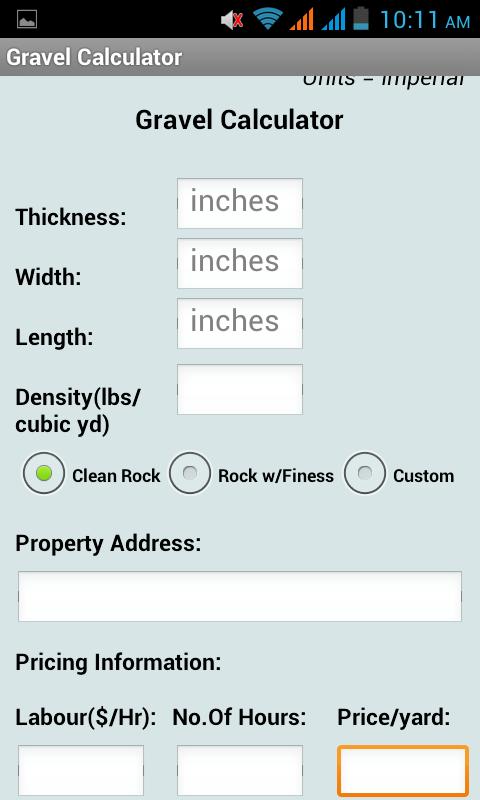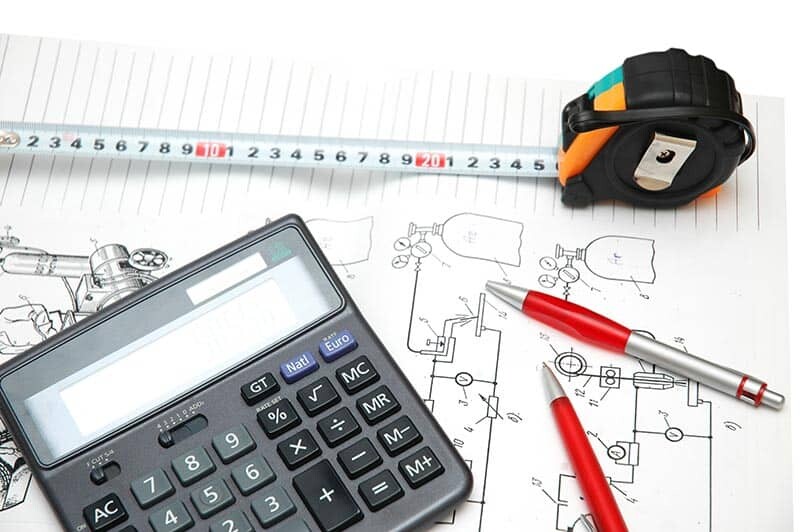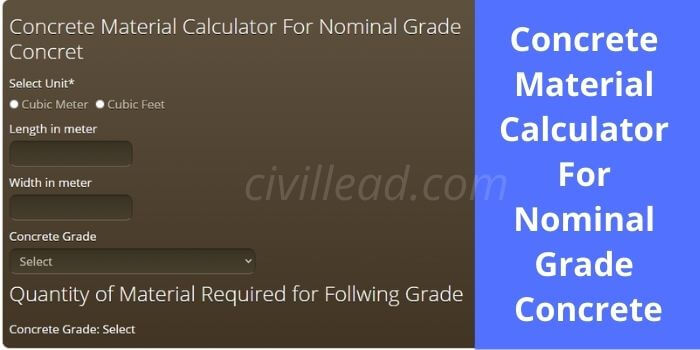

We want to calculate the total quantity and cost of pea gravel required. In the middle of grass yard, you want to dig a pool and surround it with a path made of landscape gravel to dry your feet with after a bath. To calculate the number of tiles you need to buy before getting to work we recommend you to visit our tile calculator. You want to surround your home with a grass yard and a pavement made of tiles. It would be a shame to buy too much, or, even worse - not enough materials and have to go back to the home improvement store. Our roofing and roof pitch calculators will help you with that. You want to cover it with a roof of warm red tiles. Imagine that you have just built your beautiful house. If you would like to grow plants in your yard more effectively, visit our soil and mulch calculators to get appropriate quantities of these materials. They will sparkle in the sunlight, making sure that your yard will stand out from its surroundings!

And, if you want to stun your neighborhood – marble chips will do the trick. An interesting choice might be Jersey Shore gravel with its yellowish, golden-like color. But watch out! It also might burn your feet on a sunny day! If you want your path to look natural, you should go for gray or light brown gravel. Darker colors will retain more heat and raise the temperature of gravel so it will dry more easily. Color – this is an important attribute of landscape gravel, as it needs to fit your personal taste and the environment – the style in which your house and yard are designed.Examples of angular types of gravel are decomposed granite, lava rock, and quartzite. This is thanks to particular rocks locking into one another. Although not as comfortable to walk on (if someone falls they might even get hurt!), it holds together more effectively. The other option is to choose an angular type of gravel. The owner of a pea gravel path has to get used to raking and refilling gravel from time to time. It can shift under pressure, creating footprints or trails behind your car. However, pea gravel also has its downsides. It will not only be pleasant for the feet of your children (because of its smoothness) but also attractive to the eyes of you and your neighbors. We can go for pea gravel that consists of smooth, round, naturally-weathered stones. Shape – we will talk about shape in terms of the topmost layer of our gravel path.At higher levels we would like to have gravel of a smaller size that will fit into the holes between the stones of the foundation layer. We can add sand or dirt to this basal layer of gravel. First, we can lay machine-crushed gravel of a larger size that will serve as a solid foundation for more aesthetic higher layers. Normally, we would like our gravel path to consist of 2 or 3 different layers of gravel. Of course, different sizes serve different purposes. We can find some with rock fragments 4 inches (about 10 cm) in diameter and others with a particle the size of your fingernail. Size – there are many sizes of gravel.We can differentiate various types of gravel on the basis of: If you are going to use sand instead of gravel, try our sand calculator or the paver sand calculator.Ĭrushed stone is another alternative that you can use. Our gravel calculator will display this value for you. The volume of gravel required is equal to the volume of excavation.Multiply the area and depth of the excavation to obtain its volume in cubic yards: 18 * 2 = 36 yd³.Determine the depth of the excavation.For even more examples, visit the 2d geometry section of our math calculators page. We've got calculators to help you find the areas of many geometric figures like triangles or pentagons.

You can also type the area of the excavation directly into the gravel estimator if you choose to excavate a more sophisticated shape.

Calculate the area of the excavation, multiplying the length and width together.In our example the excavation length is l = 6 yd and the width is b = 3 yd. Determine the length and width of a cuboidal excavation.It is equal to the volume of an excavation, and you can do it in the following way: Step one is establishing the volume of gravel needed.


 0 kommentar(er)
0 kommentar(er)
